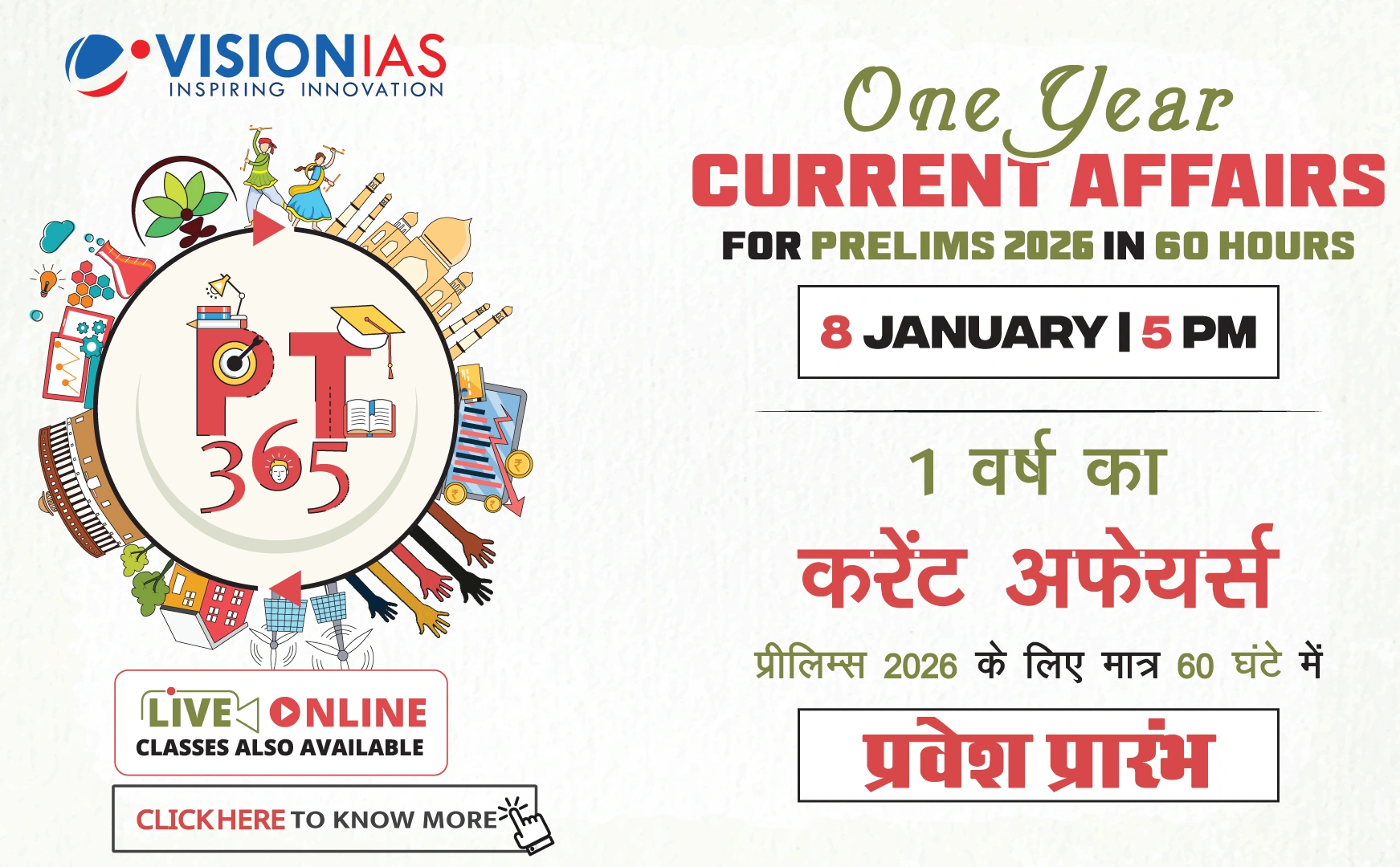Private Investment and Monetary Policy in India
Current Status of Private Investment
Private investment in India is not showing robust signs of revival. Key metrics such as capital expenditure as a ratio of net operating margin, bank credit to corporates, and debt-to-equity ratios are lower than needed for a 7-8% growth rate. The RBI’s Monetary Policy Committee (MPC) responded by cutting the policy repo rate by 50 basis points to 5.50% on June 6 to stimulate demand and encourage private investment.
Monetary Policy Committee's Decisions
- The MPC shifted its stance to neutral while implementing a 50 bps rate cut, driven by improved inflation metrics and other economic indicators.
- Headline inflation is expected to be around 3.7%, with food price inflation remaining moderate.
- Recent geopolitical developments, such as the Iran-Israel conflict, have underscored the need for a neutral stance to maintain flexibility in monetary policy.
Potential for Further Rate Cuts
- Despite a change in stance, the rate cutting cycle might not be over, with potential room for an additional 25 bps cut without overheating the economy.
- Inflation is forecasted to remain below 4%, which might allow for further easing if growth concerns arise.
Economic Growth Outlook
There is optimism about achieving a 6.5% growth rate, aided by the base effect and heightened public investment. However, concerns remain regarding private capital expenditure, urban demand, and export performance.
- Public investment pace is expected to boost growth in the first half of the financial year.
- Potential exists for a growth rate above 7%, supported by improvements in infrastructure and productivity enhancements.
- The Incremental Capital Output Ratio (ICOR) has improved significantly, indicating greater efficiency in capital use.
Banking Sector and Policy Instruments
Banks' Net Interest Margins (NIMs) are under pressure, but the RBI's decision to reduce the Cash Reserve Ratio is expected to alleviate some of this strain.
- Banks play a crucial role in the economy, and their profitability must be considered to ensure effective transmission of rate cuts.
- The reduction in the Cash Reserve Ratio allows banks to have more capital to lend, facilitating better transmission of monetary policy changes.
Conclusion
The overall message from the MPC's decisions is one of cautious optimism for borrowers, investors, and lenders, highlighting the potential for economic growth and the need for responsive monetary policies amidst global uncertainties.



